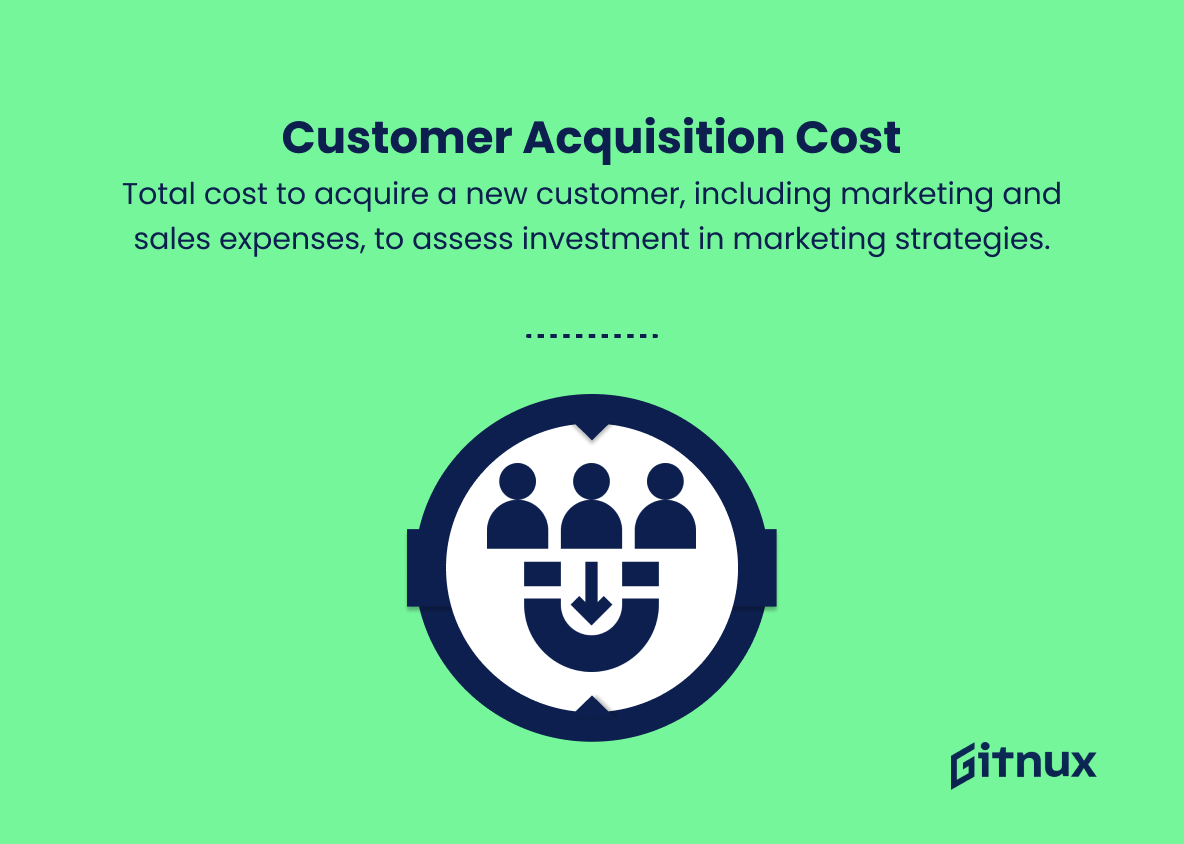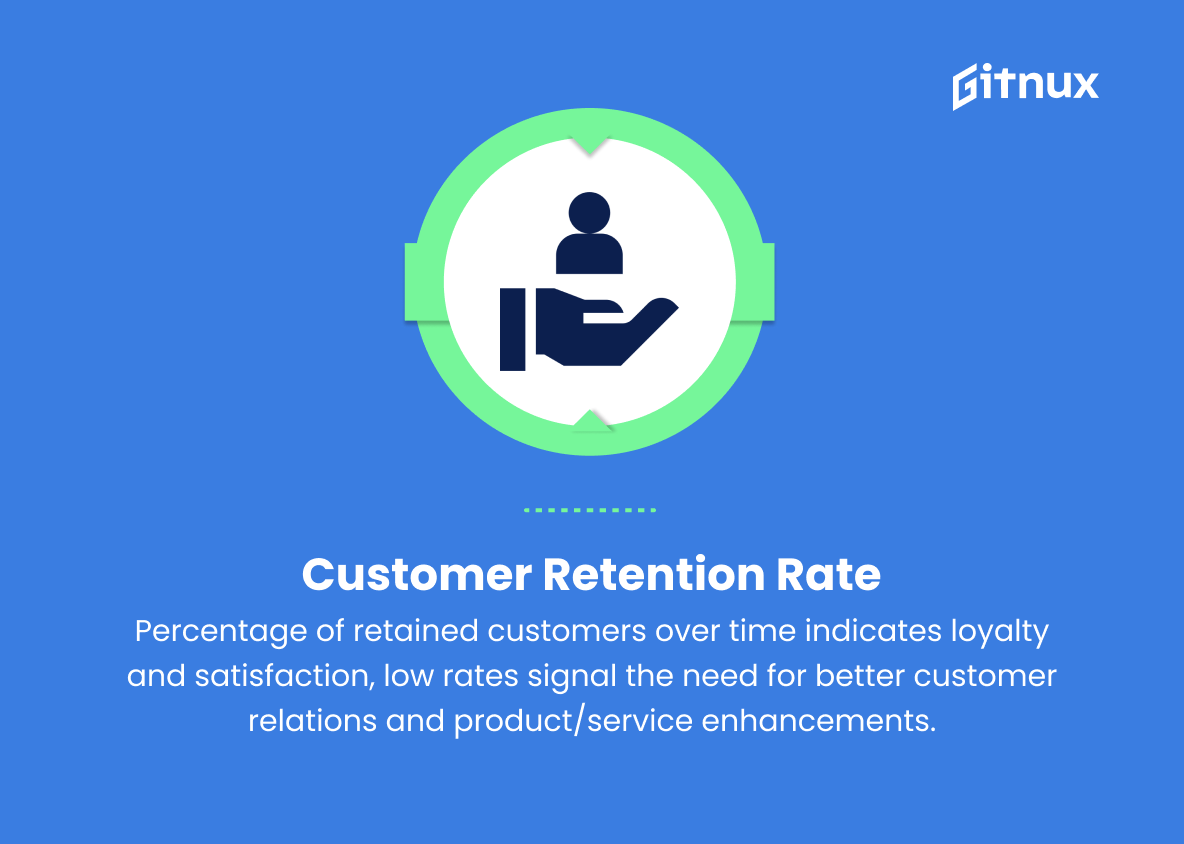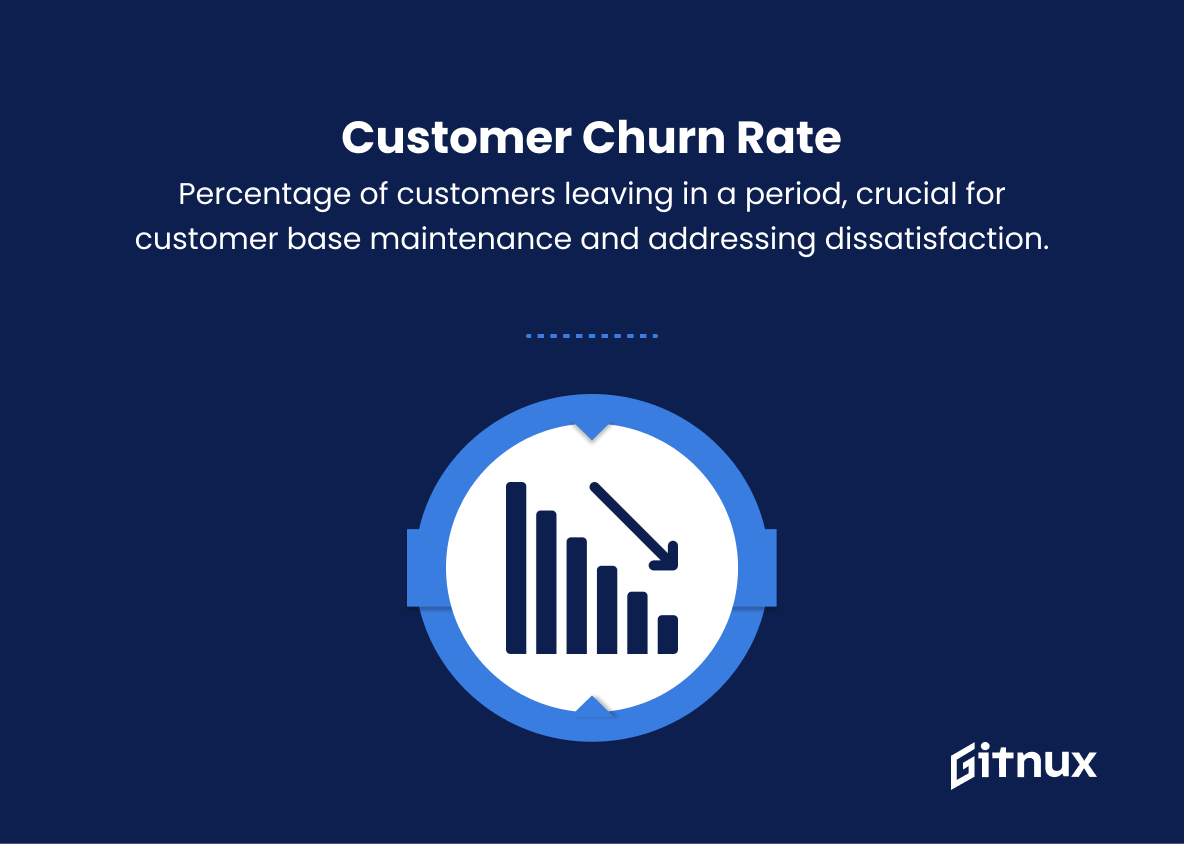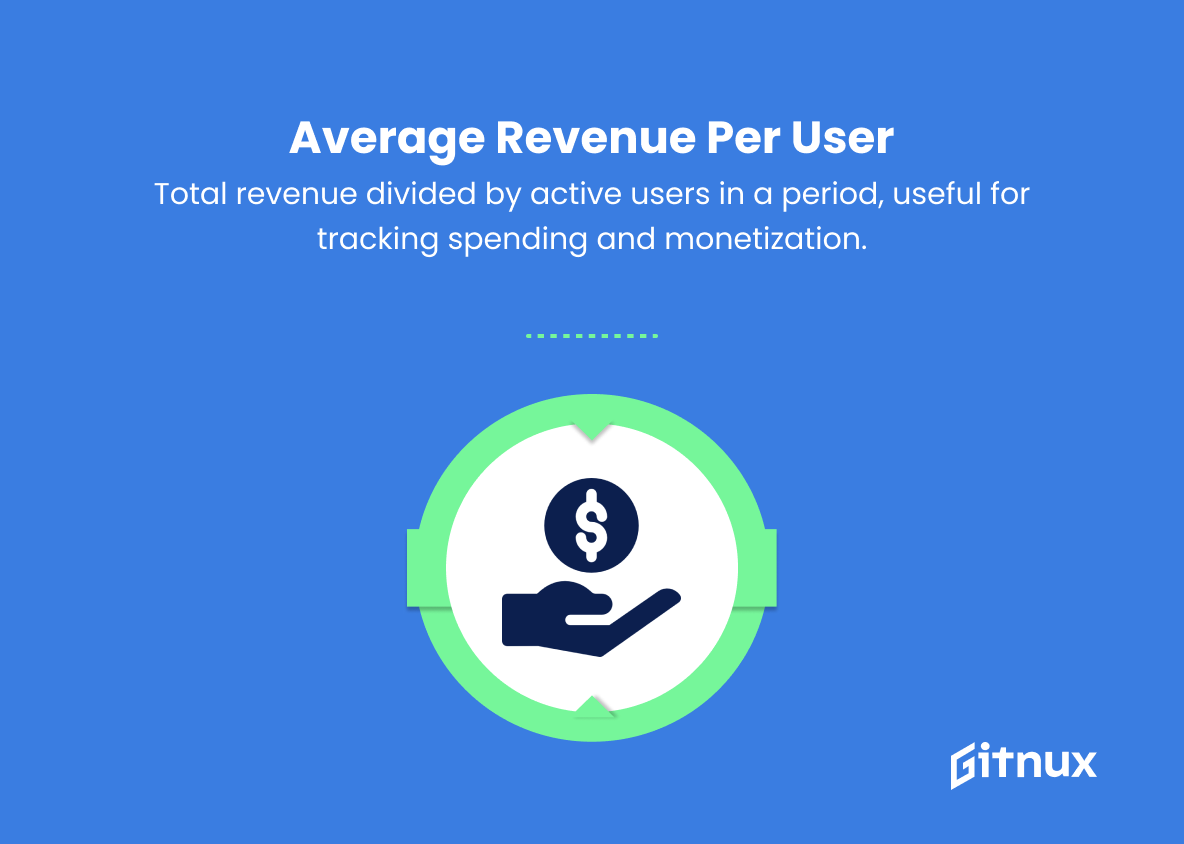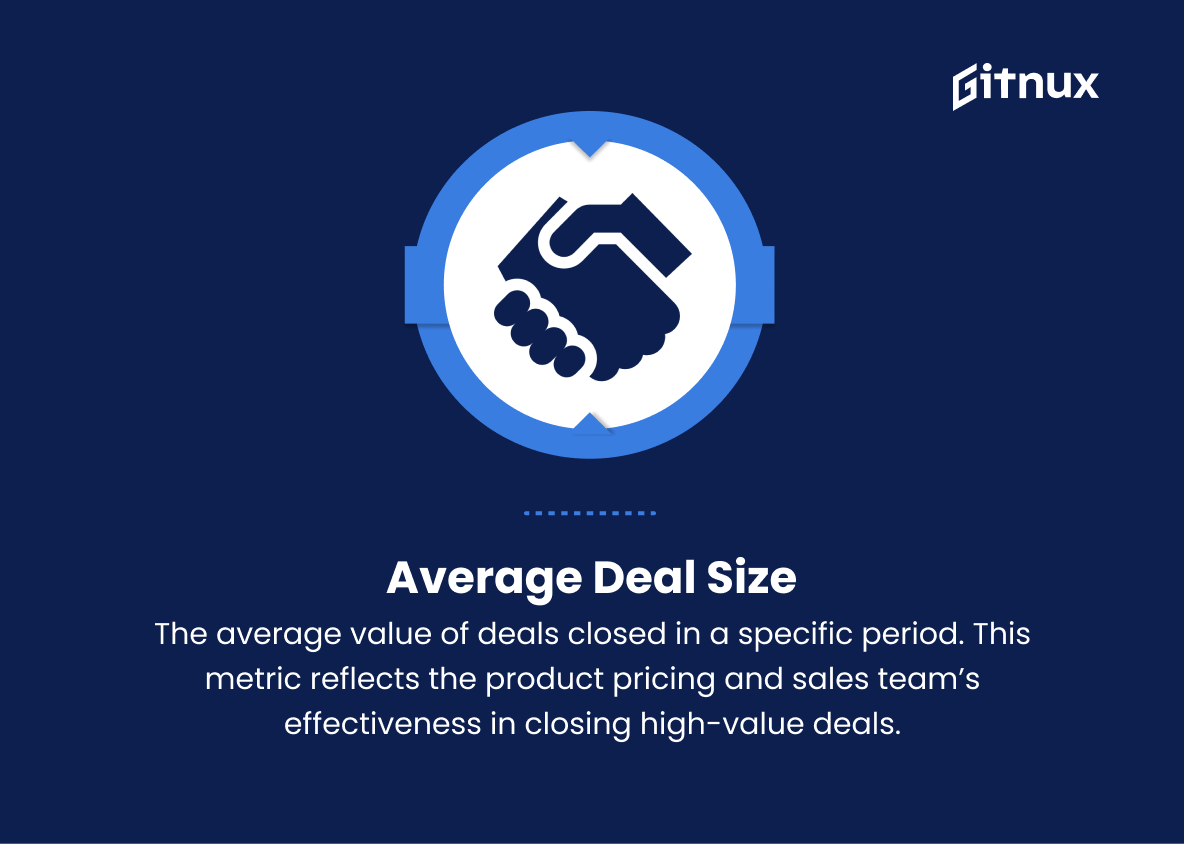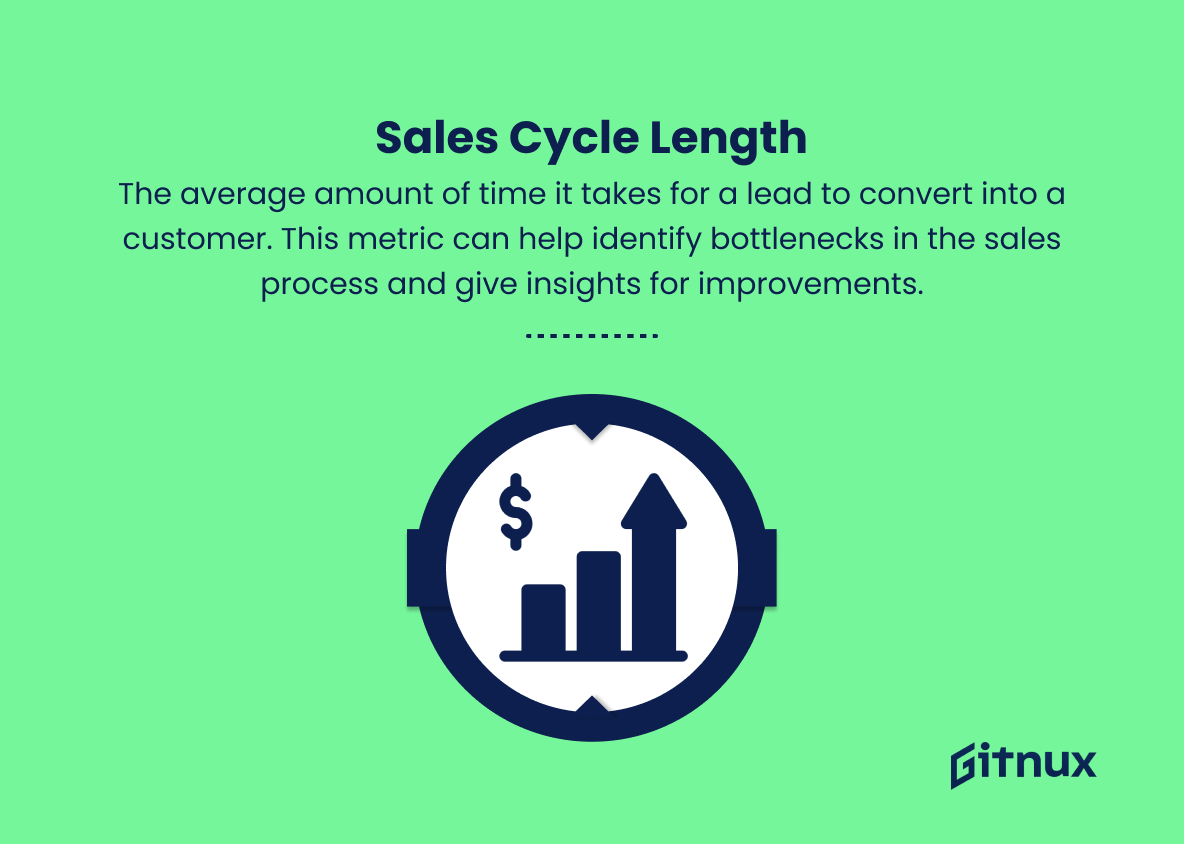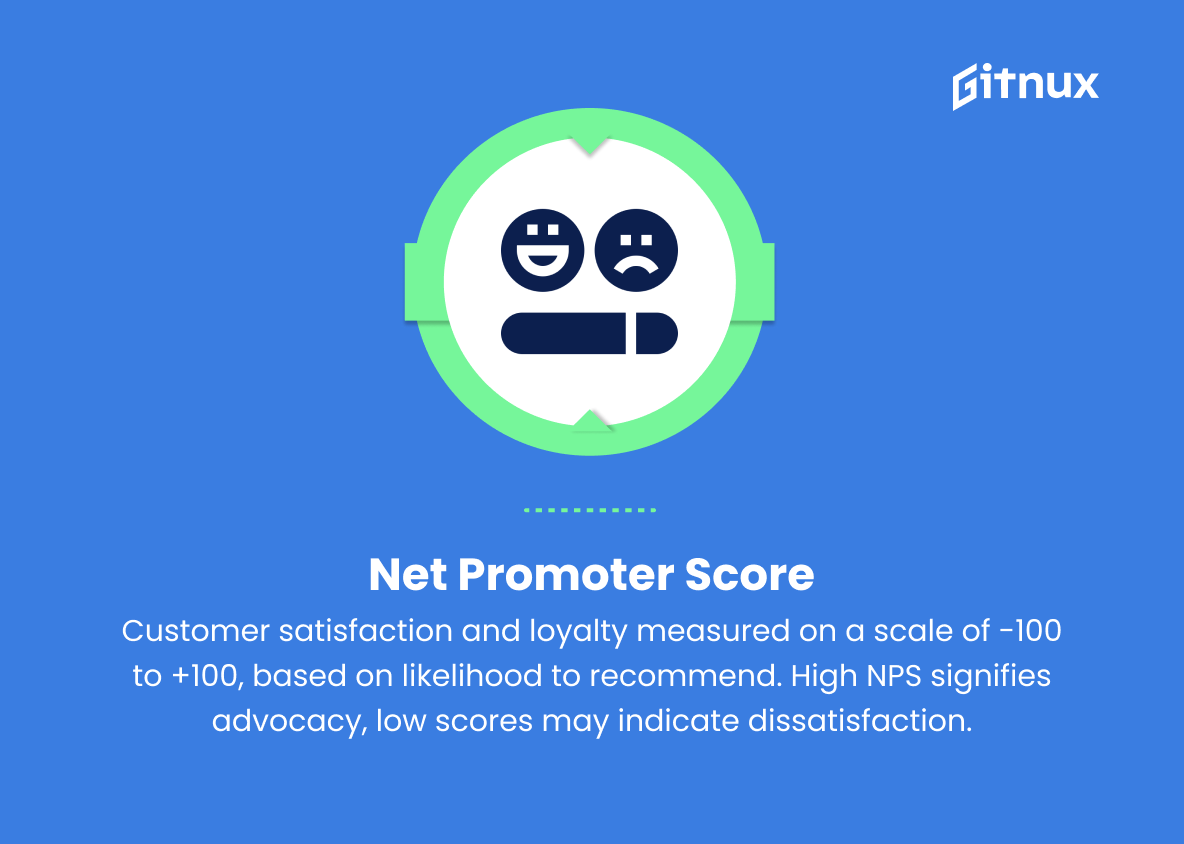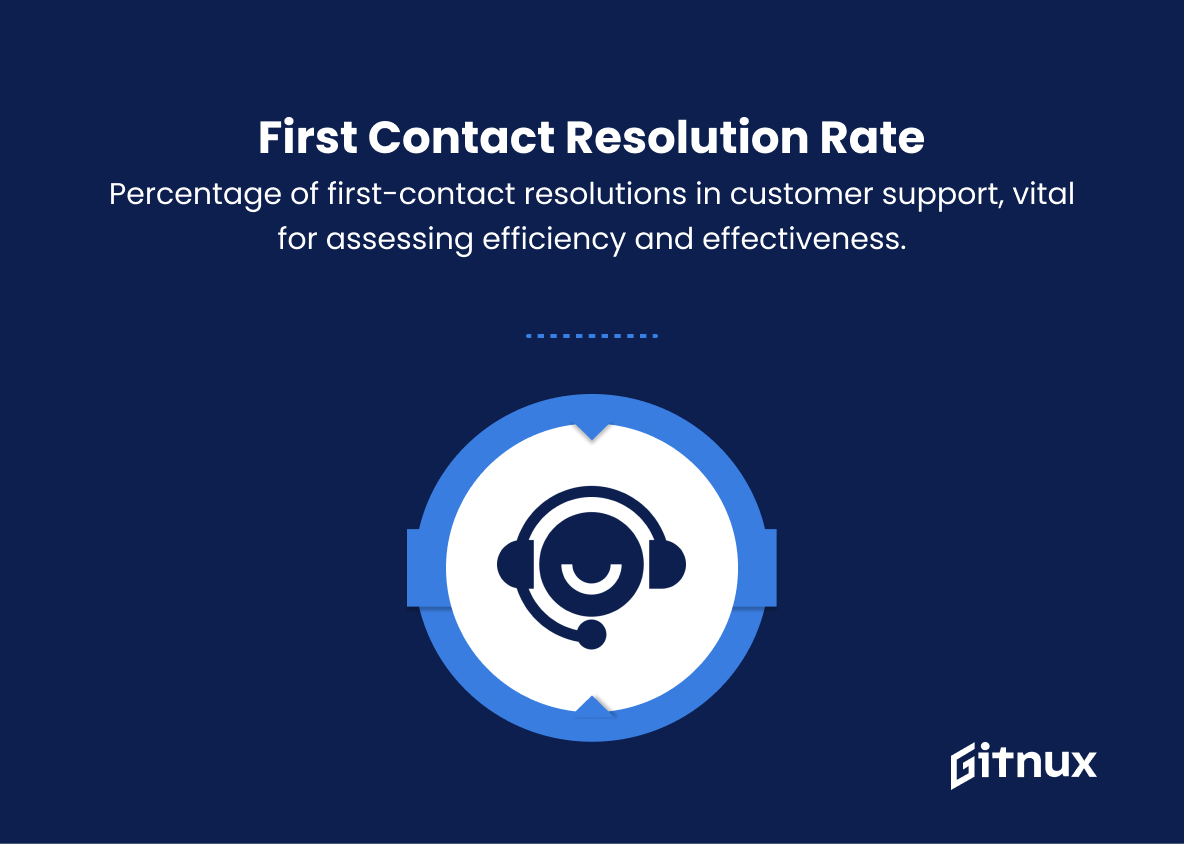In today’s fast-paced world, businesses must have a keen understanding of their customer interactions in order to stay ahead of the competition. This means analyzing and optimizing every touchpoint and ensuring that customer relationships are nurtured and maintained effectively. That’s where CRM metrics come into play.
In this blog post, we will dive deep into the world of CRM metrics, exploring their significance, the key metrics you should be monitoring, and how to leverage this information to make informed decisions, enhance the overall customer experience, and ultimately drive growth for your organization. So, buckle up as we traverse the exciting landscape of CRM metrics and uncover the true potential of data-driven customer relationship management.
CRM Metrics You Should Know
1. Lead Conversion Rate
The percentage of leads that are converted into customers. This metric helps businesses understand the effectiveness of their sales and marketing efforts in converting potential customers into actual customers.
2. Customer Acquisition Cost (CAC)
The total cost of acquiring a new customer, including marketing and sales expenses. It helps businesses understand how much they are spending on acquiring new customers and if it’s worth investing in certain marketing strategies.
3. Customer Retention Rate
The percentage of customers retained over a specific period. A high retention rate indicates strong customer loyalty and satisfaction, while a low rate suggests that a business needs to improve customer relations and enhance its product or service offering.
4. Customer Churn Rate
The percentage of customers that leave during a given period. This is an important metric for understanding how well a business is maintaining its customer base and addressing customer dissatisfaction.
5. Customer Lifetime Value (CLTV)
The estimated revenue a business can expect to generate from a single customer over the entire relationship with that customer. CLTV helps businesses assess their long-term profitability and adjust their customer acquisition and retention strategies accordingly.
6. Average Revenue per User (ARPU)
The total revenue generated divided by the number of active users within a specific period. This metric is useful for tracking customer spending habits and understanding how well a business is monetizing its customer base.
7. Average Deal Size
The average value of deals closed in a specific period. This metric reflects the product pricing and sales team’s effectiveness in closing high-value deals.
8. Sales Cycle Length
The average amount of time it takes for a lead to convert into a customer. This metric can help identify bottlenecks in the sales process and give insights for improvements.
9. Net Promoter Score (NPS)
A measure of customer satisfaction and loyalty on a scale of -100 to +100, determined by asking customers how likely they are to recommend the company’s products or services to others. A high NPS indicates strong customer advocacy, while a low score may signal dissatisfaction with the business’ offerings.
10. First Contact Resolution Rate
The percentage of customer support interactions resolved on the first contact. This metric is crucial for understanding the efficiency and effectiveness of a business’s customer support team.
11. Customer Satisfaction Score (CSAT)
A survey-based metric that measures customers’ satisfaction with a company’s products or services on a scale of 1-5 or 1-10. A higher score indicates higher satisfaction, while a lower score indicates areas for improvement.
12. Monthly Recurring Revenue (MRR)
The total amount of subscription-based revenue generated each month, providing businesses with a consistent, predictable revenue stream. This metric is essential for companies that rely on recurring subscription revenue.
CRM Metrics Explained
CRM metrics are essential for businesses to gauge the effectiveness of their sales, marketing, and customer support efforts. They help understand crucial aspects like lead conversion rate, which highlights the efficiency of converting potential customers into actual ones. Metrics like customer acquisition cost indicate the overall expense in procuring new customers, while customer retention rate showcases customer loyalty and satisfaction levels.
Customer churn rate, on the other hand, measures the percentage of customers that leave in a given period, demonstrating a need for improvement in the relationship between the business and its customers. The customer lifetime value helps businesses evaluate their long-term profitability potential and strategize accordingly. It is also critical to monitor the average revenue per user, average deal size, and sales cycle length to analyze the revenue generation and the effectiveness of the sales team. Metrics like Net Promoter Score and Customer Satisfaction Score can provide useful insights into customer advocacy and satisfaction.
Additionally, keeping an eye on the first contact resolution rate helps identify the effectiveness of customer support teams. Lastly, the monthly recurring revenue is a vital metric, especially for subscription-based businesses, to maintain a consistent and predictable revenue stream. Overall, CRM metrics serve as invaluable tools for continuous improvement and growth in the ever-evolving business landscape.
Conclusion
In the ever-evolving business landscape, keeping track of CRM metrics is crucial to ensure your company’s growth and long-term success. By diligently monitoring key performance indicators such as customer acquisition cost, lead conversion rates, customer lifetime value, and customer satisfaction, you equip your business with the essential tools to evaluate its progress, identify pain points, and develop tailored strategies to optimize customer relationships.
Ultimately, staying on top of these metrics means staying ahead of the competition, allowing your brand to thrive in a dynamic market. So, commit to embedding CRM metrics in your daily operations and pave the way for a prosperous future for your organization.

